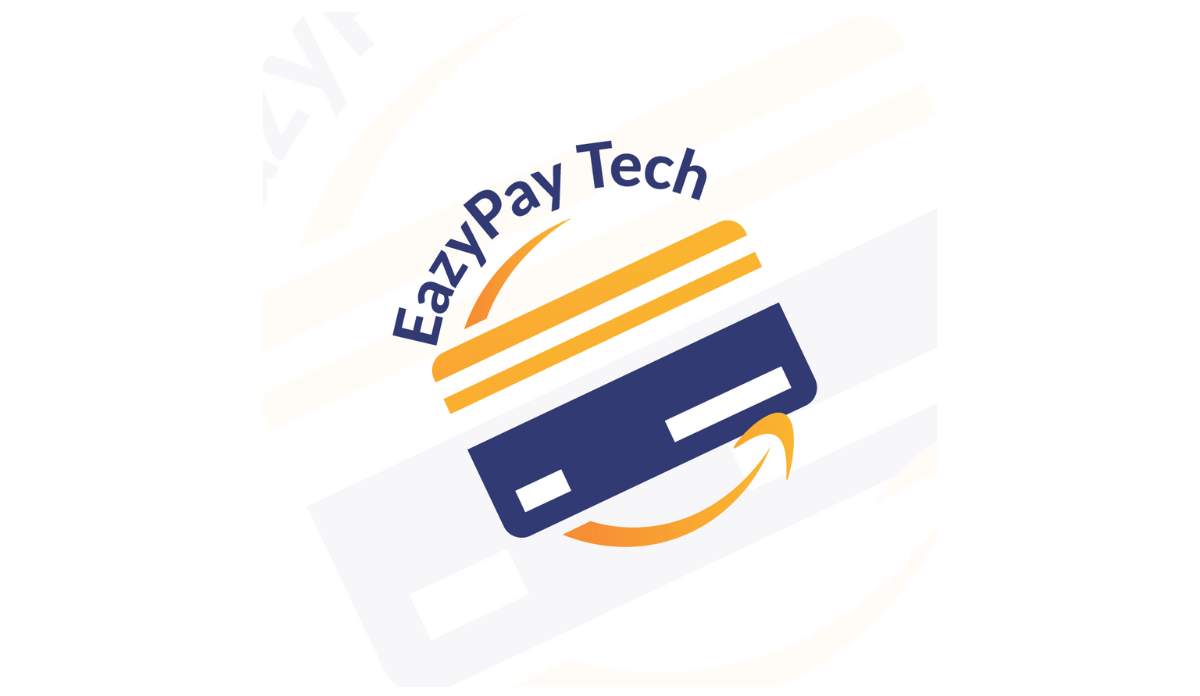Exploring the Future of EMV Certification: Trends, Challenges, and Innovations
In today fast-paced digital economy, the secure and efficient processing of electronic payments is paramount. At the heart of this ecosystem lies EMV certification, a global standard ensuring the interoperability and security of payment transactions worldwide. As technology evolves, staying informed about the latest trends, overcoming challenges, and embracing innovations in EMV certification becomes crucial for businesses and developers alike.
What is EMV Certification?
EMV certification validates that a payment terminal or device complies with EMV standards, ensuring secure transactions via chip-enabled cards and devices. It encompasses both contact and contactless payment methods, safeguarding against fraud and enhancing transaction security.
Importance of EMV Certification
1. Security Enhancement
EMV technology reduces the risk of card fraud through dynamic authentication processes.
2. Global Acceptance
Facilitates seamless transactions across international borders.
3. Regulatory Compliance
Meets stringent regulatory requirements for secure payment processing.
Current Trends in EMV Certification
1. Contactless Payments
Contactless payments, facilitated by Near Field Communication (NFC) technology, are gaining rapid adoption. They offer faster transaction speeds and improved user convenience, contributing to their popularity in retail and transit environments.
2. Mobile EMV Solutions
The integration of EMV technology into mobile wallets like Apple Pay and Google Wallet expands payment flexibility. Mobile Point-of-Sale (mPOS) systems are increasingly prevalent, catering to small businesses and enhancing payment convenience.
3. Tokenization and Encryption
Tokenization and encryption technologies play a pivotal role in EMV security. They replace sensitive card information with unique tokens, minimizing the risk of data breaches during payment transactions.
4. Biometric Authentication
Biometric verification methods such as fingerprint and facial recognition are becoming integral to EMV authentication processes. They offer enhanced security and user convenience, particularly in high-security environments and premium banking services.
5. Certification Process Automation
Automated tools streamline the EMV certification process, reducing time and costs associated with compliance testing. These tools ensure accuracy and efficiency in certifying payment terminals and devices.
Challenges in EMV Certification
1. Complexity of Standards
The diversity of global EMV standards complicates certification processes. Harmonizing these standards and fostering international cooperation are essential to streamline certification efforts.
2. Cost Implications
EMV certification can be costly, involving expenses for initial certification and ongoing compliance. Strategic budgeting and leveraging automated testing tools can mitigate these financial burdens.
3. Technological Integration
Integrating EMV standards with legacy systems and emerging technologies poses challenges. Incremental updates and robust testing frameworks are crucial to ensuring seamless integration and compliance.
4. Fraud Prevention
Despite EMV’s robust security features, evolving fraud tactics remain a concern. Continuous innovation in security technologies and fraud detection systems is essential to stay ahead of emerging threats.
5. Regulatory Compliance
Adhering to evolving regulatory frameworks across different regions requires proactive compliance management. Staying informed about regulatory updates and maintaining compliance readiness is critical for businesses.
Innovations Driving the Future of EMV Certification
1. Blockchain Technology
Blockchain holds promise for enhancing EMV certification by offering secure, transparent transaction records. Pilot projects exploring blockchain for EMV data storage and processing are underway, aiming to bolster security and efficiency.
2. AI and Machine Learning
AI-driven analytics and machine learning algorithms enhance fraud detection capabilities in EMV transactions. Predictive models analyze transaction patterns in real-time, identifying suspicious activities and reducing fraud risks.
3. Cloud-Based EMV Solutions
Cloud platforms provide scalable EMV certification and management solutions. They offer flexibility, cost-effectiveness, and improved accessibility, enabling businesses to streamline certification processes and enhance operational efficiency.
4. 5G and IoT Integration
The advent of 5G technology and Internet of Things (IoT) devices revolutionizes EMV transactions. Enhanced connectivity and real-time data processing capabilities facilitate secure, seamless payment experiences in smart environments.
Best Practices for EMV Certification Implementation
1. Comprehensive Testing
Conduct rigorous testing across various transaction scenarios and environments using advanced simulation and testing tools to ensure compliance and security.
2. Continuous Monitoring
Implement automated monitoring systems to detect and respond to emerging threats promptly. Regular updates and proactive risk management strategies are essential to safeguard against evolving security risks.
3. Vendor Collaboration
Collaborate with certified vendors for seamless integration and updates of EMV technology. Leverage vendor expertise to stay updated on industry best practices and compliance requirements.
4. User Education
Educate end-users and staff on secure transaction practices and the importance of EMV technology. Training sessions, awareness programs, and educational resources enhance user awareness and compliance.
5. Future-Readiness
Stay abreast of emerging trends and technological advancements in EMV certification. Invest in research, development, and innovation to ensure readiness for future challenges and opportunities.
The landscape of EMV certification is evolving rapidly, driven by technological advancements and evolving consumer expectations. By understanding current trends, addressing challenges, and embracing innovations, businesses can navigate the complexities of EMV certification effectively. Implementing best practices and staying proactive in adopting new technologies will not only ensure compliance but also enhance security and efficiency in payment processing.
Summary
EazyPayTech invites businesses, financial institutions, and partners to explore its innovative offerings and leverage its expertise in EMV certification to drive growth and secure their payment processes.
Source
https://eazypaytech.com/


Leave a Reply
You must be logged in to post a comment.